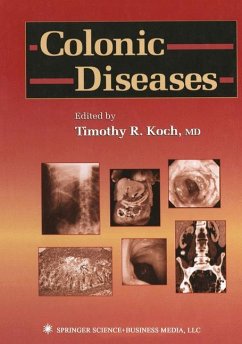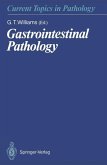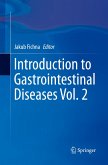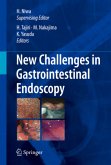The Scientification of Gastroenterology During the 20th Century _ Science contributes to medicine in three ways: It provides a body of relatively secure knowl edge. Some of that knowledge has been applied to develop technologies which have had a major impact upon the practice and effectiveness of medicine. Last, science offers to medicine a way of thinking. - 1. McCormick [(1993) The Contribution of Science to Medicine. Perspect. Bioi. Med. 16,315.] Awareness of the digestive system began with the dawn of civilization, when man, observing the feeding habits of animals in the surrounding environment, experimented with foods, edible and inedible. Identity came with discoveries of the digestive organs during the 16th and 17th centuries. Function was revealed by physiologic studies of digestion, absorp tion and secretion, metabolism, and motility during the 18th and 19th centuries. Diagnostic access improved with the technological advances of the 20th century. Understanding of gas trointestinal (GI) disease followed the growth of the basic sciences and gastroenterology's involvement in scientific research during the latter half of the 20th century. Early in the 20th century, gastroenterology was yet an undefined activity without clinical or scientific guidelines. Diagnostic approach to the digestive tract was minimal. Valid con cepts of disease were lacking. Visceroptosis, sitophobia, and "colonic autointoxication" were common "diagnoses." Therapeutic resources were scarce.
"...recommended for use by trainee clinician-scientists and by basic scientists who desire a perspective on their work-a bridge between basic and clinical research...an attractive, high-quality production, well illustrated and comprehensively referenced...refreshingly manageable, easy to read, and generally filled with useful information." - New England Journal of Medicine "The book contains brief, generally well-written chapters surveying a wide range of topics of interest to most gastroenterologists. Dedicated chapters not found in most gastoenterology textbooks include coverage of aging and the gastrointestinal tract and the interpretation of colonic biopsy specimens in patients with diarrhea." - American College of Physicians "Valuable reading for gastroenterologists interested in bridging the gap between basic and clinical research and disease processes in the continuously changing field of coloni c disorders." - Digestive and Liver Disease "...this textbook has its greatest value for those interested in the basics of colonic morphology and function...Chapters on anorectal and colonic motility studies are probably among the best I have ever read on these subjects." - Practical Gastroenterology "The book is well organized and written clearly with many references helpful to the reader seeking additional knowledge on the subject. This book is mostly intended for gastroenterologists, gastrointestinal fellows, all specialist physicians including radiologists and family physicians who daily treat gastrointestinal disorders." - Journal of Clinical Imaging








